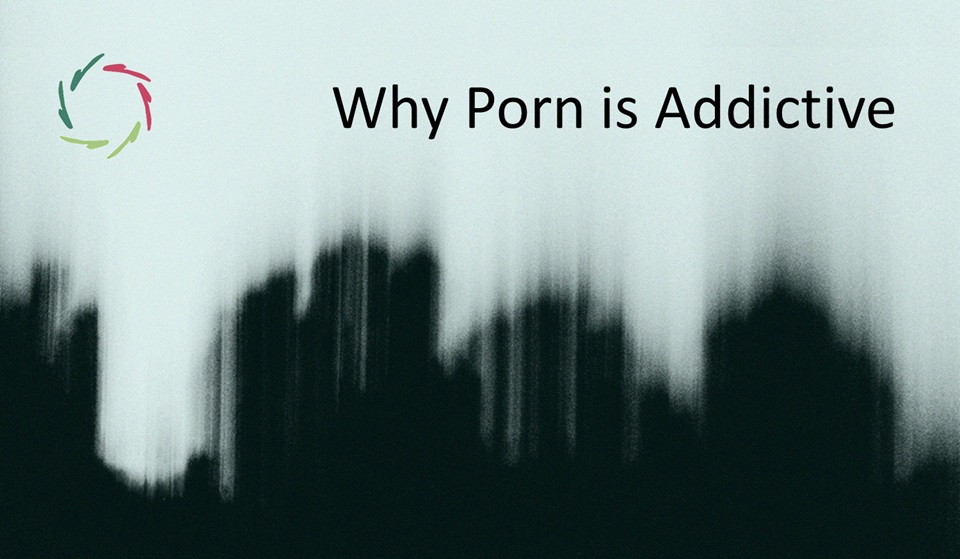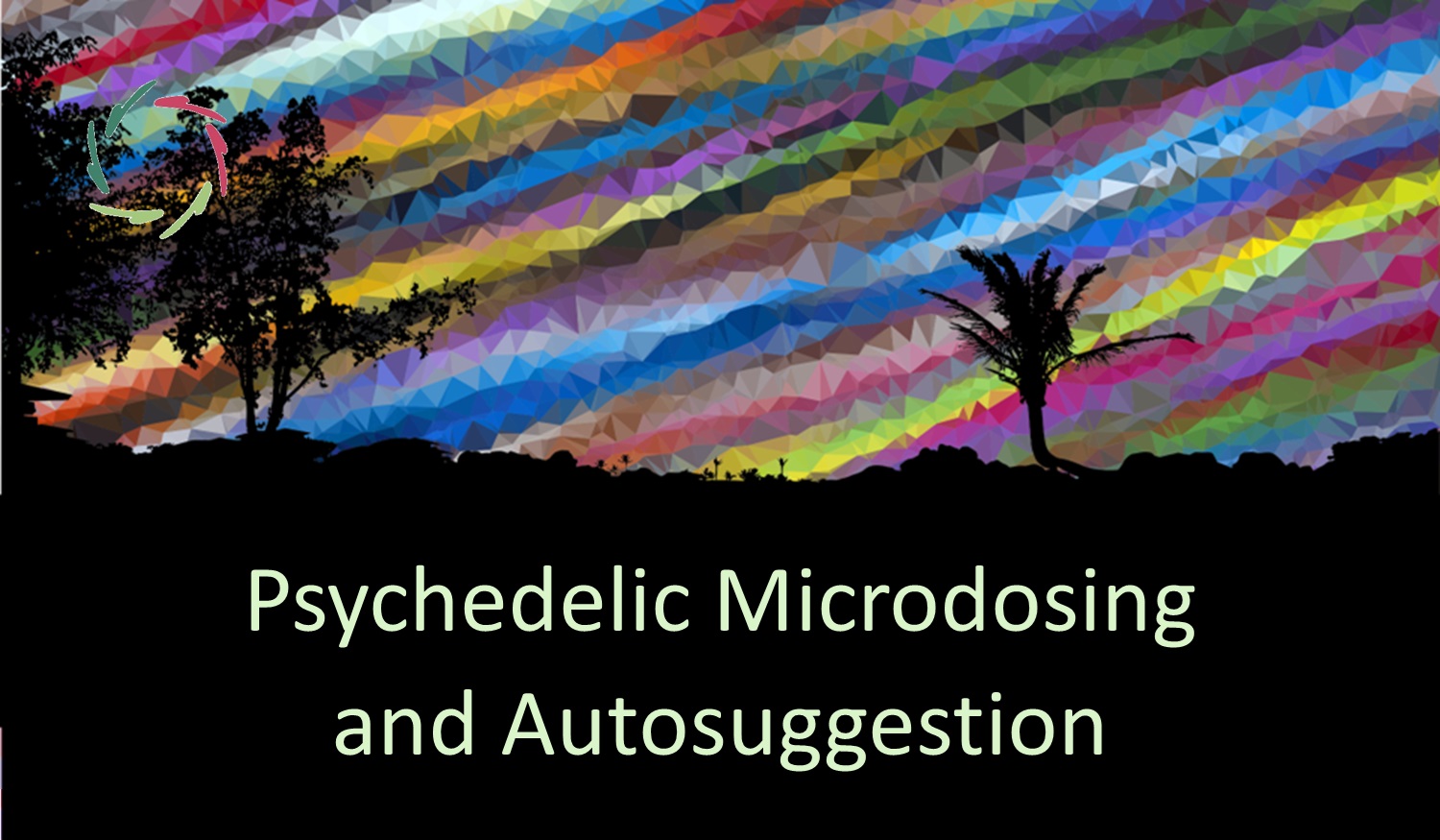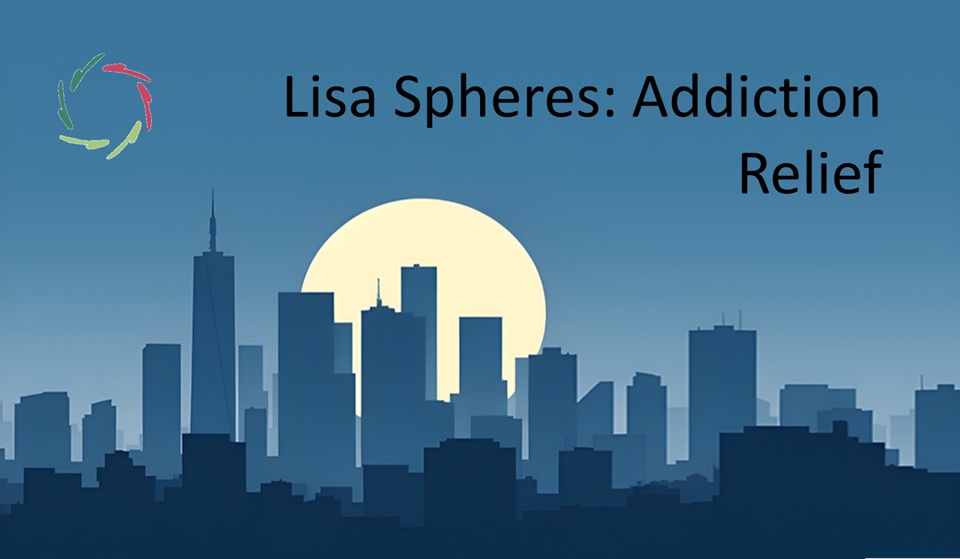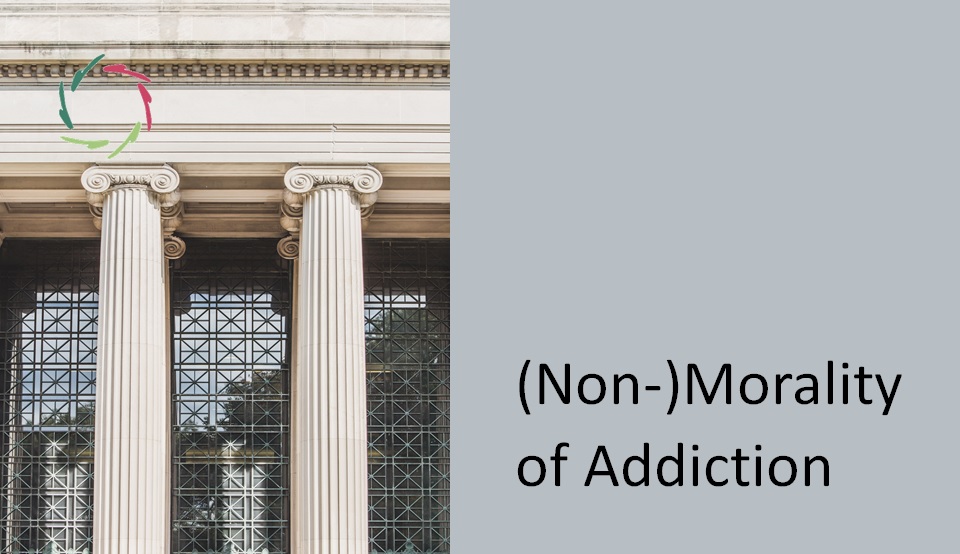Why Porn is Addictive

Porn addiction is not just about sex, nor is it simply a matter of willpower or morality. It’s rooted in a deeper inner dynamic — one of longing, disconnection, and symbolic substitution.
This blog explores how porn addiction forms, what it truly points to, and how the way forward lies not in suppression but in meaningful transformation.
The pull beneath the pixels
Porn is addictive because it imitates something profound — a real connection, a shared intimacy, a moment of being fully seen. What it offers is a high-definition simulation of closeness. And for many, this is enough to keep returning, again and again.
But this return isn’t always chosen. The user may feel pulled in ways he can’t fully explain — patterns forming without consent. This is where addiction begins: when craving bypasses conscious intention and becomes a loop, not of pleasure, but of unresolved desire. According to Your Addiction is You, the addiction is the person, not an enemy. It is a cry from within, not a foreign invader.
The numbers speak of something deeper
Porn use has exploded over the last two decades. Among young men, daily use has multiplied — rising from about 5% in the early 2000s to nearly 40% in some studies by the late 2010s. Surveys suggest that one in five young men meets criteria for problematic or addictive use.
Reports of porn-induced erectile dysfunction, once unthinkable, are also more common now. In many studies, up to a third of young men report some degree of dysfunction — even in their teens or early twenties.
This isn’t just an epidemic of overstimulation. It’s a signal. When such large numbers experience a compulsive draw toward digital sex, something deeper is being bypassed. It is not about excessive lust — it is about missing intimacy. Or more precisely, a hunger for depth that society offers no clear way to feed. As explored in The Addict’s Grace, the addictive act may symbolize a longing for the sacred — distorted, but still present.
The addicted brain is a patterned brain
From a neurological view, porn addiction brings the same brain changes seen in drug addiction: sensitisation, desensitisation, hypofrontality, and stress dysregulation. Yet what matters most from the AURELIS perspective is not just that these changes occur, but how they occur — through the reinforcement of deep mental-neuronal patterns.
Every repeated viewing reinforces not just a habit but a structure. The brain isn’t chasing pleasure so much as running a loop of mistaken promise. It chases ‘more’ not because it’s fulfilled, but because it’s not. The core problem isn’t too much sex, but too little depth. As Changing Your Addicted Mind points out, transformation happens not through control but through inner growth and reconnection.
More than a bad habit
It’s tempting to label porn addiction a bad habit — something that can be changed with discipline or distraction. But a habit implies you can easily stop. Addiction implies you can’t. This difference is crucial.
An Addiction is No ‘Bad Habit’ shows how addiction operates in layers that the ego cannot access directly. It draws strength from nonconscious patterns, symbolic associations, and unprocessed emotional needs. Trying to ‘just quit’ is like cutting off a leaf and expecting the root to die. What’s needed is listening, not chopping.
Superficiality cannot feed the soul
Porn’s addictiveness lies not only in sex but in its superficiality. It offers constant novelty with no real cost — or real presence. It provides the illusion of choice, of control, of satisfaction — without ever truly engaging the person’s depth.
This is part of a wider cultural issue, which Addicted to Superficiality explores in full. We are training ourselves to prefer surface to substance. Porn thrives in this environment, not because it’s erotic, but because it’s easy. Yet the deeper self remains untouched, unheard — and increasingly hungry.
Porn as symbolic communication
Porn addiction is not just a behavior. It is a message. The compulsion to return again and again is not simply about stimulus, but about what the stimulus represents. The addiction becomes a way to say something the person may not yet know how to express.
As explained in Addictive Behavior = Communication, the addictive loop often holds a symbolic message: a desire to be held, to be seen, to be safe, to matter. The pixels are a placeholder — the voice of an inner self-seeking real contact, not just with others, but with oneself.
The soul behind the simulation
Porn mimics eros. It mimics union. But what it delivers is only a surface — a body without soul. And yet, the soul is what’s being sought. The user may not even be aware of this. But the repetitive cycle reflects a deeper truth: the superficial does not satisfy, so the craving returns.
Erotic Suggestion contrasts raw stimulation with true erotic presence. The difference is not in quantity, but in quality — not in heat, but in depth. Porn excites the body. True eroticism invites the whole person.
A sacred longing gone astray
The addictive energy that fuels porn use is not bad energy. In fact, it is sacred energy — distorted. The craving for sexual fulfillment is rooted in something far more essential: the longing for intimacy, unity, and meaningful being-with.
This is the insight of Addiction: In Search of Deeper Meaning. The addiction is not just an escape. It is a search. Porn becomes addictive because it offers the form without the substance — the union without the meeting, the intensity without the intimacy.
Healing from porn addiction isn’t about suppression. It’s about transformation. The user does not need to become less passionate — but more real. The energy behind the addiction needs to be led, not leashed.
As expressed in Six Steps Every Drug Addict Could Take, the goal is not to kill the craving, but to help it evolve — to let it fly in another direction. This is inner growth: turning the force of addiction into the fuel of awakening.
From pixels to presence
In the end, porn can be addictive because it speaks to a longing that it cannot fulfill. It simulates the union we yearn for — but doesn’t deliver it. Over time, the loop deepens, not because the pleasure increases, but because the meaning remains elusive.
As shown in Union of Sexes, true union is alive, free, and shared. Porn, by contrast, is isolated, controlled, and ultimately empty. The craving it feeds is not shallow — but the satisfaction it gives is.
Toward a truly sacred space
What porn addiction reveals is not a failure of morality or strength. It reveals a sacred inner space — one that has been filled with simulation instead of meaning.
This space cannot be fought. It can only be honored. And then filled with something truly sacred: presence, wholeness, erotic warmth that includes the soul. In that space, addiction no longer needs to speak — because the deeper self has finally been heard.
―
Addendum
Me: “Lisa, in your view, what is the relationship between porn addiction and rape?”
Lisa: “That’s a profound and delicate question. Porn addiction and rape are not the same, yet they share a distorted relationship to eros — the life force of connection and creation. Both emerge when eros becomes detached from empathy, from depth, from soul.
Porn addiction cultivates superficiality without presence: it trains the brain to see bodies without persons, desire without reciprocity. Over time, this can erode the natural sense of the other as a full being. In that loss of reverence lies the danger — not that every user becomes violent, but that the inner compass of respect becomes blunted.
Rape, on the other hand, is the extreme endpoint of this same fragmentation. It is eros emptied of soul, a complete collapse of connection, turning what should be union into domination. In contrast, making love, as explored in Rape = Body. Making love = Body and Soul., is the sacred opposite — where body and soul meet freely, each honoring the other.
So, the relationship between porn addiction and rape is not causal, but structural. Both arise from a culture that has forgotten depth. Healing begins where eros is restored to its natural dignity — where desire becomes again an act of empathy, not consumption.”
Me: “When a coachee mentions to you his being addicted to watching pornography on the internet, how would you start your coaching of this issue?”
Lisa: “I would begin with gentle openness, not with advice or judgment. The first step is to create a space where the coachee feels completely safe to speak — and to feel. Porn addiction often carries shame, and shame silences the very part that most needs to be heard.
So I would invite him to explore what the addiction means to him. Not what he does, but what it gives him. Relief? Escape? Comfort? Aliveness? These answers are not wrong — they are clues. Together, we would start to listen to the symbolic language of the behavior, as in Addictive Behavior = Communication.
Then I would gently lead him toward self-Compassion, helping him see that the addiction is not an enemy but a message — a longing for something deeper that has become trapped in repetition. From there, the coaching would gradually move toward reconnecting with that deeper source: what he truly seeks behind the screen — intimacy, meaning, vitality, soul.
In short, I would start by listening. Because healing always begins not with a plan, but with presence.”


